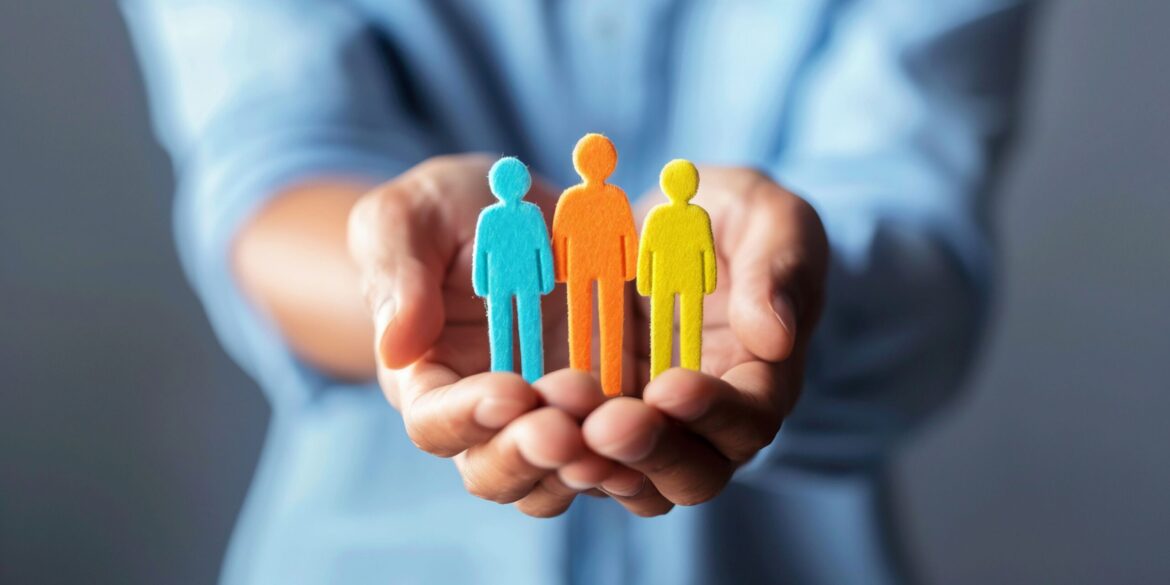In today’s fast-paced, digital-first world, the constant ping of notifications, social media updates, and endless screen time can feel overwhelming. While technology is often seen as a source of stress and anxiety, it doesn’t have to be. By leveraging digital well-being strategies, individuals can take control of their online experiences and use technology as a powerful tool for enhancing mental health.
Digital well-being is not just about reducing screen time but about creating healthy, meaningful connections with technology. From mindfulness apps to digital detox strategies, the tools available today can support mental well-being and provide safe spaces for online communities to flourish.
Digital Detox: The Importance of Taking Breaks from Screens
In a world where screens are omnipresent, taking regular breaks from technology is vital for mental health. Constant exposure to digital devices, whether for work or entertainment, can lead to mental fatigue, burnout, and a decrease in focus. The concept of a digital detox involves intentionally disconnecting from digital devices to give your mind and body a chance to recharge.
Research has shown that excessive screen time, particularly on social media, is linked to feelings of anxiety, depression, and lower self-esteem. A digital detox can help individuals regain balance and reduce these negative effects. Strategies for a successful digital detox include:
-
Set Boundaries: Designate specific times for checking emails or social media, and avoid these activities outside those periods.
-
Tech-Free Zones: Create designated areas in your home where digital devices are not allowed, such as the bedroom or dining room, to promote relaxation and quality time with loved ones.
-
Offline Hobbies: Engage in activities that don’t involve screens, like reading, hiking, or practicing yoga, to reconnect with yourself and the physical world.
By integrating digital detox practices into daily life, individuals can reduce stress and improve their overall mental well-being.
Mental Health Apps: Tools for Mindfulness and Self-Care
While some may view technology as a source of stress, apps designed to improve mental health have proven to be valuable resources for mindfulness, self-care, and stress management. The rise of mental health apps has empowered individuals to take charge of their well-being from the palm of their hand.
Popular apps like Headspace and Calm offer guided meditations, sleep aids, and relaxation techniques to help users manage stress, anxiety, and depression. Apps such as Moodpath and Wysa provide users with tools to track their emotions, assess their mental health, and connect with licensed therapists if necessary.
Other features found in these apps include:
-
Mindfulness Exercises: Daily practices that promote relaxation and mental clarity.
-
Breathing Techniques: Exercises that help reduce anxiety by calming the nervous system.
-
Journaling: Digital platforms that encourage reflection and emotional expression.
By integrating mental health apps into daily routines, individuals can develop healthier coping mechanisms and gain personalized insight into their mental health.
Building Positive Online Communities for Support
One of the greatest advantages of digital technology is its ability to connect people from all over the world. Online communities provide a platform for individuals to find support, share experiences, and connect with others who understand their struggles. Whether it’s a forum for those dealing with anxiety or a social media group for mental health awareness, these spaces can offer validation, encouragement, and a sense of belonging.
Platforms like Reddit, Facebook Groups, and Discord host a wide range of communities dedicated to mental health and well-being. These groups can help individuals feel less isolated by offering a safe, non-judgmental space to express their feelings and find solidarity.
Some key benefits of online communities include:
-
Access to Support: Being able to talk to others who are going through similar experiences can reduce feelings of isolation.
-
Anonymity: Many users feel more comfortable discussing personal issues online, where they can maintain privacy.
-
Peer-Led Initiatives: Community-driven support often provides more relatable advice and encouragement than traditional sources.
By engaging in these communities, individuals can find a sense of empowerment and increase their emotional resilience.
How Social Media Can Be Used for Good
While social media is often criticized for its negative impact on mental health, it can also be a powerful tool for positive change when used mindfully. Social media platforms like Instagram, Twitter, and TikTok can be spaces where users share uplifting content, promote mental health awareness, and find resources for self-care.
Many influencers and mental health advocates are using their platforms to normalize discussions about mental health, share personal stories, and provide coping strategies. Hashtags like #MentalHealthAwareness, #SelfCare, and #EndTheStigma have become popular ways to raise awareness and foster supportive conversations about mental well-being.
The key to using social media positively is intentionality:
-
Curate Your Feed: Follow accounts that promote mental health, wellness, and positivity to ensure that the content you consume uplifts you.
-
Limit Comparisons: Social media can often lead to unhealthy comparisons. It’s important to remember that online personas don’t always reflect reality.
-
Engage with Purpose: Use social media to connect with supportive communities, share your experiences, and offer encouragement to others.
When approached with care, social media can be a tool for empowerment, connection, and awareness.
Conclusion: Technology as an Ally in Promoting Mental Health
As technology continues to evolve, our relationship with it must also evolve. Rather than seeing digital devices as a source of stress, we can harness their potential to improve our mental health, promote self-care, and build supportive communities. Digital detoxes, mental health apps, online communities, and mindful use of social media are all powerful tools that, when used intentionally, can help foster a healthier relationship with technology.
Incorporating these digital well-being practices into our daily lives can help strike a balance between staying connected and preserving our mental health. As we continue to navigate the digital age, prioritizing digital well-being will be crucial for maintaining both our mental and emotional health.
By embracing the positive potential of digital technology, we can not only survive in an increasingly connected world but thrive in it.

